It was a pivotal meeting between Professor Ferdinand Porsche and Max Hoffman, in the autumn of 1950 that led the young German automotive manufacturer to take the plunge into exporting their brand of sports cars to America. The decision led to a bond that no one could have prophesied. This year marks the 70th anniversary of Porsche’s arrival in the American market.
Early Years for Porsche in America
On June 8th, 1948, the first Porsche sports cars received certification for road use in Germany, which highlights how early the USA was involved in the brand. A young visionary New York-based salesman, Max Hoffman, was central in the brands exporting to the USA.
Austrian Max Hoffman arrived in New York on June 21st, 1941, and by the year 1947, he started his own showroom on Park Avenue. The ‘Hoffman Motor Car Company’ commenced importing and selling established European names to such a degree of success that it provided Hoffman the capacity to take a risk with less-known marques.
The first encounter between Max Hoffman and Professor Ferdinand Porsche occurred early when Hoffman was a lawyer in Vienna, but the crucial meeting was made years later by Max Troesch, a journalist. Troesch had driven a Porsche 356 and declared: “I am sure this car will make a name for itself.” On traveling to America, he showed Hoffman photos of the Porsche 356 and urged Hoffman to reach out to Porsche.

The first two 1.1-liter 356 coupes arrived in America in the fall of 1950 and were delivered to Hoffman. In the same year, Hoffman and Ferdinand Porsche met at the Paris Motor Show.
Initial conversations between the two men had Porsche committing to selling five cars a year in America, to which Hoffman made the famous rebuke stating, “If I can’t sell five a week, I’m not interested.” The two men ultimately accepted a U.S. import contract of 15 cars a year.
Forging a Bond with Porsche
Hoffman knew that there were three main challenges that he would be facing. Compared to its rivals, the German newcomer was a lot more expensive, it had a smaller engine, and finally, Porsche has no budget for any major advertising campaign.
It didn’t deter Hoffman because he knew that the 356 offered something new to the automotive landscape; it was a unique blend of durability, track-bred agility while maintaining its everyday usability. In an effort to introduce the brand to the American market, he described the 365 as “One of the World’s Most Exciting Cars” with “A new conception in handling, road-holding, suspension and safety never known before.”

The strategy succeeded and by 1954, Hoffman was selling 11 cars per week, which equated to approximately 30 percent of the annual Porsche production. In the final year of the 356 models, in 1965, the U.S. share of Porsche sales was an incredible 74.6 percent.
A huge part of the success could be attributed to another Austrian, John von Neumann. He had a car dealership “Competition Motors” in North Hollywood and while visiting Hoffman in New York in 1951, he took a test drive of the 356. Pleased with the car, he purchased it and returned to California with the car.
As an enthusiastic racer, it was Neumann who played a critical part in introducing the Porsche name to the expanding motorsports scene in the Golden State. The introduction of a new Speedster model became very popular as it had a price starting at just $2,995. The Speedster was inspired by the 356 America Roadster, which was evidence of Hoffman’s influence in the new company as the latter was Ferry Porsche’s answer to Hoffman’s request for a lightweight, entry-level car.
Neumann’s Hollywood connections, especially James Dean, helped foster a strong image for Porsche, with the cars not only being used for weekday commuting but also capable to drive for weekend racing also.


As Porsche became more visible in the showrooms, motorsports events, and pop culture, the decades that followed would see a variety of changes within the organization. Porsche created an independent distribution network, The Porsche of America Corporation, which was established in 1955, and in 1969, Porsche joined the Porsche Audi division of Volkswagen of America, Inc. It was not until September 1, 1984, that Porsche Cars North America (PCNA) would be established in Reno, N.V.

Although the 90s started as a challenge to the company, the introduction of the Boxster immediately received a warm welcome from the audience of the 1993 Detroit Auto Show. This attracted new clientele for Porsche that helped boost much-needed sales numbers. In 1998, PCNA moved to Atlanta, GA; and in 2003, the sporty SUV Cayenne was introduced and it became the best-selling model in the U.S. for many years to come.
Decade of Growth for Porsche
A lot of industries were hit during the global financial crisis, and Porsche was not immune as they saw their sales numbers dwindle down to only 20,000 cars sold in 2009 – sales numbers that were not seen by the company since the 90s. Still, Porsche pushed through and sales grew year by year, particularly after the release of new models like the Panamera and the Macan.
On May 12, 2011, PCNA announced that a new headquarters would be built in Atlanta. The new home would serve as a centralized location for Porsche business, as well as become a brand embassy so that visitors could experience the thrill of what the marque has to offer.

In May 2015, the Porsche Experience Center (PEC) Atlanta opened its doors. It consisted of a Heritage Gallery, a driver development track, and a fine dining restaurant. Appropriately, the first event that was held in the center was the debut of the 911 GTS Club Coupe, a model specifically made for the U.S. market and was limited to only 60 units as part of their 60th-anniversary celebration of the Porsche Club of America, the largest single-marque club in the world.
In November 2016, Porsche opened a second Porsche Experience Center based in Los Angeles. This made America the first market to have two PECs and also allowed the company to have a stronger presence in California – a state that contributes to a quarter of all U.S. sales.

Today Porsche is once again riding high. 2019 ushered in a new successful era for Porsche with sales at a record high of 61,568 vehicles the fully electric Taycan was debuted in September of that year.
[Source: Porsche]


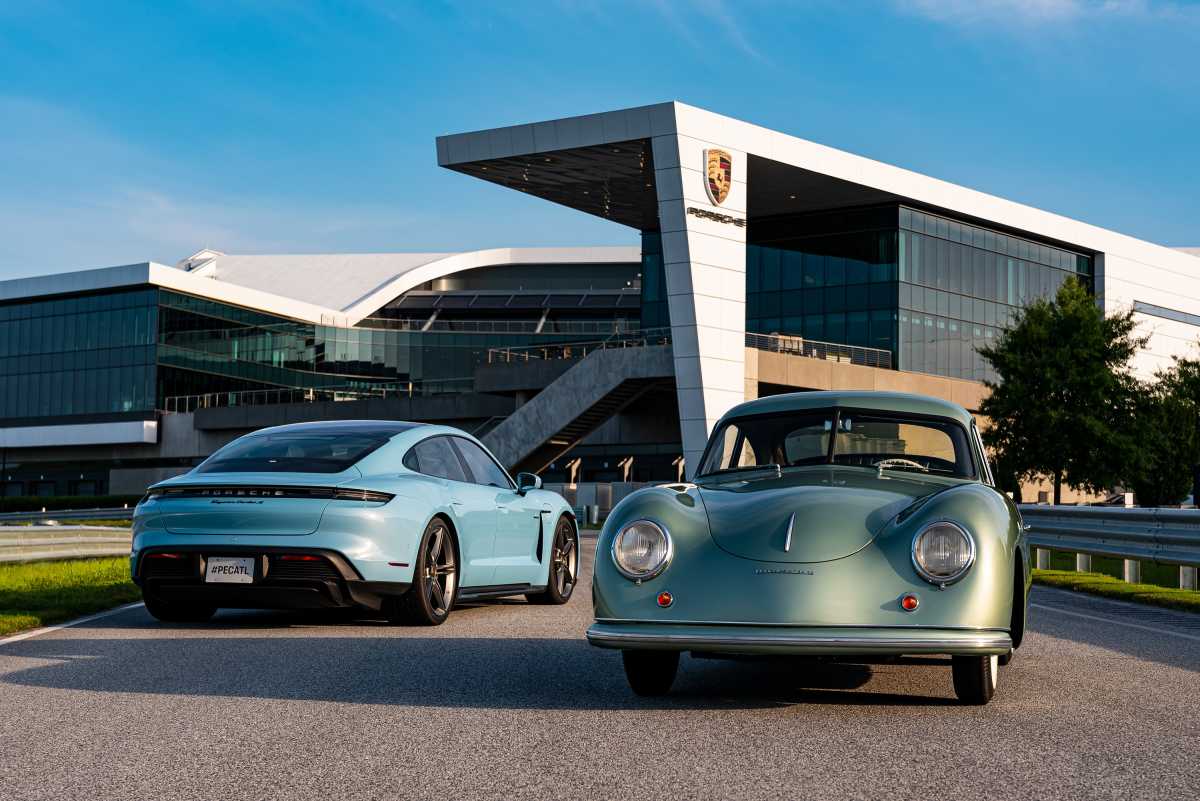

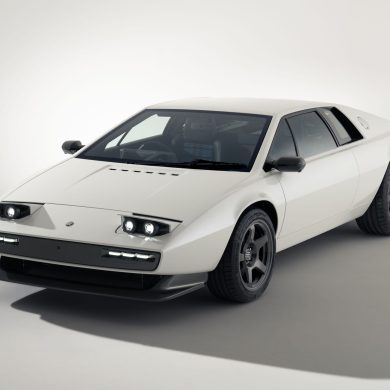
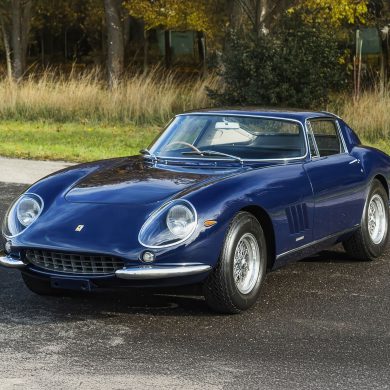
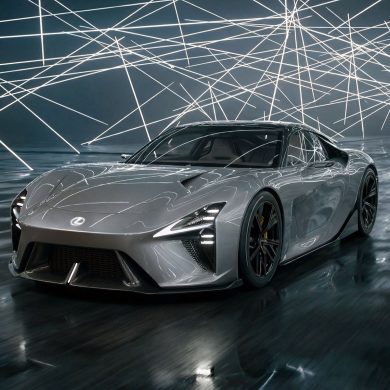

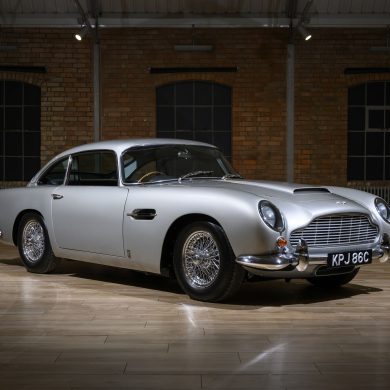


A really nice tribute to Porsche’s early entry into the U.S. marketplace….thanks to the genius of Max Hoffman and John von Neumann. More detailed factual information on the TY 540 Porsche Speedster, Hoffman, von Neumann and James Dean…can be found in 000 Magazine, Vol 008, December 2018. Lee Raskin, JD. Porsche TYP 356/550 historian/author.